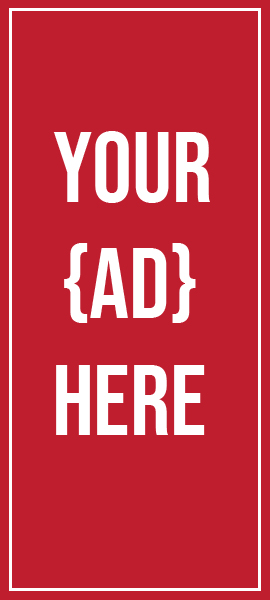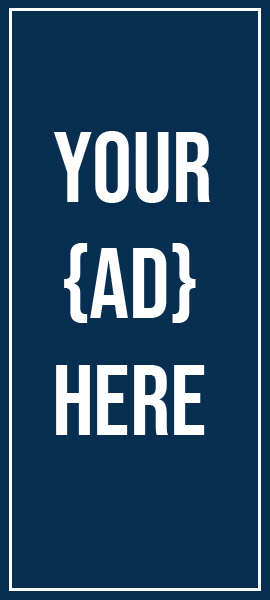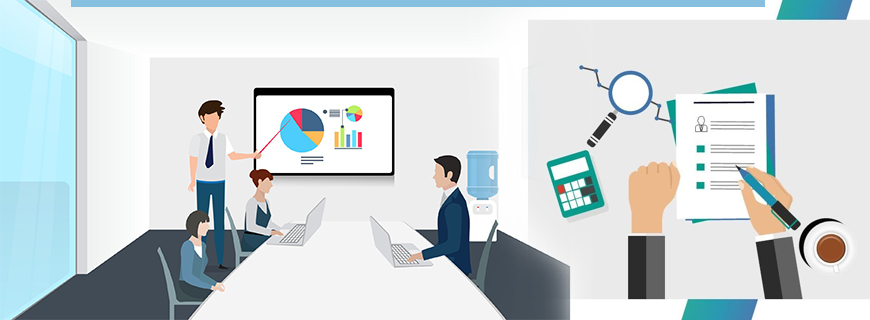
Writing Content For a Powerful Impact
It takes three weeks to prepare a good impromptu speech.
– Mark Twain
Introduction
Once you have determined your purpose and analysed your audience, you are ready to write and organise your presentation logically. Few of us are completely confident in our ability to create a presentation though. Many individuals find the act of transferring their ideas from their heads to paper to be quite intimidating (or a series of slides on the computer).
There are, however, things you can do to help yourself. These include being well versed in your content and taking the time to evaluate what you want to say.
When beginning to prepare the content of your presentation, keep the following two points in mind:
- Your opening should’ set the scene’ and provide a general idea of what you will address throughout your presentation. This should be a single slide if you’re using presentation software like PowerPoint.
- Begin with a narrative or anecdote, it will serve as a ‘hook’ to entice your audience. Stories may also be used to explain each argument you wish to make.
Structure of a presentation
The majority of presentations will have an introduction, the main body, and a conclusion. The introduction prepares the audience for what you will say in the body of the discussion, and the ending reinforces your main points. Good structure and conscious repetition are the two most powerful keys to audience comprehension and retention. In fact many speech experts recommend the following admittedly repetitious but effective plan:
- Tell them what you are going to say.
- Say it.
- Tell them what you have just said.
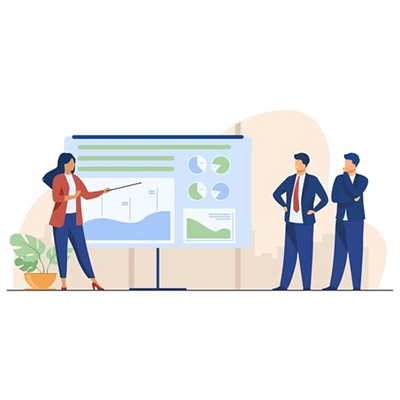
In other words, repeat your main points in the introduction, body and conclusion of your presentation. Although it sounds deadly, this strategy works surprisingly. Let’s examine how the construct the three parts of an effective presentation.
Introduction: How many times have you heard a speaker begin with, “It’s a pleasure to be here”, or “I’m honoured to be asked to speak”. Boring openings such as these get speakers off to a dull start. Instead, a good introduction accomplishes four tasks:
- Attracts and concentrates the audience’s attention
- Relaxes both the speaker and the listener
- Explains the aim of the speech and what the speaker hopes to accomplish.
- Provides an outline of the main topics of the discussion
If you are able to appeal to listeners and involve them in your presentation right from the start, you are more likely to hold their attention until the finish.
Beginning a presentation with a question, a brief tale, a fascinating fact about your subject, or an uncommon visual aid is frequently an excellent idea.
To establish your credibility, you need to describe your position, knowledge or experience – whatever qualifies you to speak. Try also to connect with your audience. Listeners are particularly drawn to speakers who identify with them. Consultant addressing office workers might reminisce about how he started as a temporary worker; a CEO might tell a funny story in which the joke is on herself.
After capturing attention and establishing yourself, you’ll want to preview the main points of your presentation topic. Many presenters then use an overhead transparency to illustrate the title, purpose, and framework of their presentation.
Body: The biggest problem with most oral presentations is a failure to focus on a few principal ideas. Thus, the body of your presentation should include a limited number of main points; say two to four points only. Develop each point with adequate, but not excessive explanation and details. Too many details can obscure the main message; so keep your presentation simple and logical. Remember, listeners have no pages to leaf back through should they become confused.
Divide your information into parts and ensure that the audience is aware of where they are at all times throughout your presentation. It’s a good idea to take a breather between major portions of your speech. You may solicit questions, summarize the point, or describe what the following point will be. If you have an OHT with an outline of your lecture on it, you may show it quickly on the projector and indicate to the next segment.
Examples, details, and visual aids add interest to a presentation and helps in conveying your information. Here are some questions you may want to ask yourself about the samples you’ve chosen:
Are they related to the audience’s experience?
Are they solid?
Will they pique the audience’s interest?
Are they diverse?
Are they resonant?
Brief check
- Good structure and intentional repetition help your audience understand and retain what you say.
- Best presentations focus only on a few key points.
Take a look at how you can organize and sequence main ideas of your presentation –
- Chronology – Example: A presentation describing the history of a problem, organised from the first sign of trouble to the present.
- Geography/space – Example: A presentation about the changing diversity of the workforce organised by regions in the country (East coast, West coast and so forth).
- Topic/function/conventional grouping – Example: A report discussing mishandling of airline baggage, organised by names of airlines.
- Comparison/contrast (pro/con) – Example: A report comparing organic farming methods with those of modern industrial farming.
- Journalism pattern – Example: A report describing how identity thieves can ruin your good name. Organised by who, what, when, where, why and how.
- Value/size – Example: A report describing fluctuations in housing cost, organised by prices of homes.
- Importance – Example: A report describing five reasons that a company should move its headquarters to a specific city, organised from the most important to the least important reasons.
- Problem-solution – Example: A company faces a problem such as declining sales. A solution such as coming up with new products, bundling products or finding new markets.
- Simple/complex – Example: A report explaining genetic modification of plants organised from simple seed production to complex gene introduction.
- Best case/worst case – Example: A report analysing whether two companies should merge, organised by best case result (improved market share, profitability, employee morale) as opposed to the worst case result (devalued stock, lost market share, employee malaise).
Conclusion: A good ending accomplishes two things – It serves to remind the viewers of your main ideas. This reinforces your message. Your conclusion should conclude the presentation on a good note and leave the audience with the impression that they have spent their time well by listening to you.
Nervous speakers often rush to wrap up their presentations but the listeners remember the conclusion more than any other part of the presentation. That is why you should spend sometime to make it most effective. Strive to achieve two goals:
- Summarize the main themes of the presentation.
- Include a statement that allows you to leave the podium gracefully.
Some speakers end limply with comments such as “I guess that’s about all I have to say”. This sort of leaves bewildered audience wondering whether they should continue listening. Skilled speakers alert the audience that they are finishing. They use phrases such as “In conclusion”, “As I end this presentation” or “It’s time for me to stop”. Then they proceed immediately to the conclusion. Audiences become justly irritated with a presenter who announces the conclusion but then digresses with one more story or talks on for ten more minutes.
A straightforward summary should review major points and focus on what you want the listeners to do, think or remember. You might say –
“In bringing my presentation to a close, I will restate my major purpose…”
“In summary, my major purpose has been to …”
“In support of my purpose, I have presented three major points. They are (a)… (b)… (c)…”.
If you are promoting a recommendation you might end as follows: “In conclusion I recommend that we do (a)… (b)… (c)…. To complete this recommendation, I suggest that we (a)… (b)… (c)…”
In your conclusion you might want to use an anecdote, an inspiring quotation or a statement that ties in with the opener and offers a new insight. Whatever you choose, be sure to include a closing thought that indicates that you have finished the presentation.
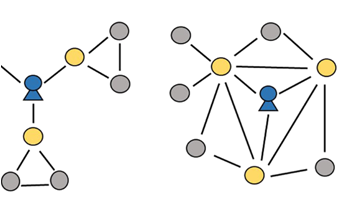
Other presentation structures
Of course, the organization and substance of your presentation will be unique to you.
Only you can determine how to effectively convey your messages. However, for inspiration, you may want to look at two other presentation structures:
1. Leveraging the Power of Three
Three is a magical number in public speaking and rhetorical discussion, as well as in most communication. Three points at a time are pretty straightforward for the brain to understand.
Three points, thoughts, or numbers are simpler for people to absorb and retain than four or more.
As a result, you may arrange your presentation around the magic number of three.
For example, your presentation should have three major components: an introduction, a middle section, and a conclusion. Divide your essential message into three parts in the main body of your presentation, and then develop each of these points into three sub-points. If you’re using a visual aid like PowerPoint, limit the number of bullet points on each slide to three and elaborate on each of these as you go.
2. What, Why, and How
An alternate format communicates your idea to the audience by asking the questions “What” “Why” and “How”. In some ways, this is similar to the power of three, but it is a specific example for driving action.
“What” indicates the main message you want to convey and help you consider the value of your message to your target audience such as: What will they acquire? What will they be able to do with the knowledge, and what will be the benefit?
“Why” is the answer to the audience’s next obvious query. After hearing “what,” the audience will naturally wonder “why should I do that?” “Why should I believe that?” or “Why should that be the case?” Addressing the “why?” issue directly in the next stage of your presentation indicates that you are answering these questions and that your presentation is taking a natural path through the subject. This will guarantee that you quickly have the audience on your side.
The last question that inevitably emerges in the minds of the audience is, “How”. They want to know how they will do what you have just advised. Try not to be too directive here. Instead of instructing them precisely how they should respond to your message, provide alternatives, possibly using examples.
Brief check
What should you do if you need to make more than three points?
- Reduce them till you have no more than three! In any case, your audience will only remember three of your five or six points—but which three? Do the legwork for them by identifying the three most critical topics and leaving out the rest.
Winning techniques for gaining and keeping audience attention
Experienced presenters know how to capture the attention of an audience and how to maintain that attention during the presentation. You can give your presentations a boost by trying these nine proven techniques.

- A promise – Begin with a promise that keeps the audience expectant. For example, “By the end of this presentation, I will have shown you how you can increase your sales by 50%”.
- Drama –Open by telling an emotionally moving story or by describing a serious problem that involves the audience. Throughout your talk include other dramatic elements, such as a long pause after a key statement. Change you vocal tone or pitch. Professionals use high intensity emotions such as anger, joy, sadness and excitement.
- Eye contact – As you begin, command attention by surveying the entire audience to take in all listeners. Take two to five seconds to make eye contact with as many people as possible.
- Movement – Leave the lectern area whenever possible. Walk around the conference table or between the aisles of your audience. Try to move towards your audience, especially at the beginning and end of your talk.
- Questions – Keep listeners involved with rhetorical questions. Ask for a show of hands to get each listener thinking. The response will also give a quick gauge of audience attention.
- Demonstrations – Include a member of the audience in a demonstration. For example, “I’m going to show you exactly how to implement our four-step customer service method, but I need a volunteer from the audience to help me”.
- Samples/gimmicks – If you are doing a product presentation or trying to promote a product, consider using items to toss out to the audience. You may also use the product to award as a prize to volunteer participants. You may also pass around product samples or promotional literature. Be careful to maintain control though or it puts the audience off sometimes.
- Visuals – Give your audience something to look at beside yourself. Use a variety of visual aids in a single session. Also consider writing the concerns expressed by your audience on a flipchart or on the board as you go along.
- Self interest – Review your entire presentation to ensure that it meets the critical “What’s-in-it-for-me” audience test. Remember people are most interested in things that benefit them.
Practical Application
The Director of Human Resources at Albatross Limited summoned Cindy, where she worked in the Training and Development department. The Director wanted to speak with her about the engineer’s ability to submit their monthly reports on time.
Every month, the President travelled in from the United States for a meeting at which all department heads gave presentations on their actions and outcomes. The engineers were technically excellent and well versed in their fields, but they were terrible at presenting. They often had too much material on their slides and read from them. Some of them were noticeably scared, while others were disoriented and would wander off in various directions.
The President also believed that the meeting format was unsuccessful and requested that the Director of Human Resources arrange for training for the engineers.
Cindy offered a one-day Presentation Skills class that helped engineers improve their Presentation Skills. The following topics were specifically addressed:
– Dealing with Nervousness
– A good presentation has the following structure: Introduction, Body, and Conclusion
– Recognizing the audience’s requirements
– Tips & Techniques for Effective Presentations
– Effective use of PowerPoint and other graphic tools
Cindy met the goals via a highly engaging program delivery approach that gave real benefits in the form of awareness, tools, and new abilities that were instantly implemented back on the work. Everyone departed feeling more secure about delivering their presentations the following month. I addressed the problem of the inefficient meeting, in addition to acquiring new presenting abilities. The President was extremely happy with the following meeting, not only because the presentations were more professional, but also because the meeting was managed in an expedient manner.
